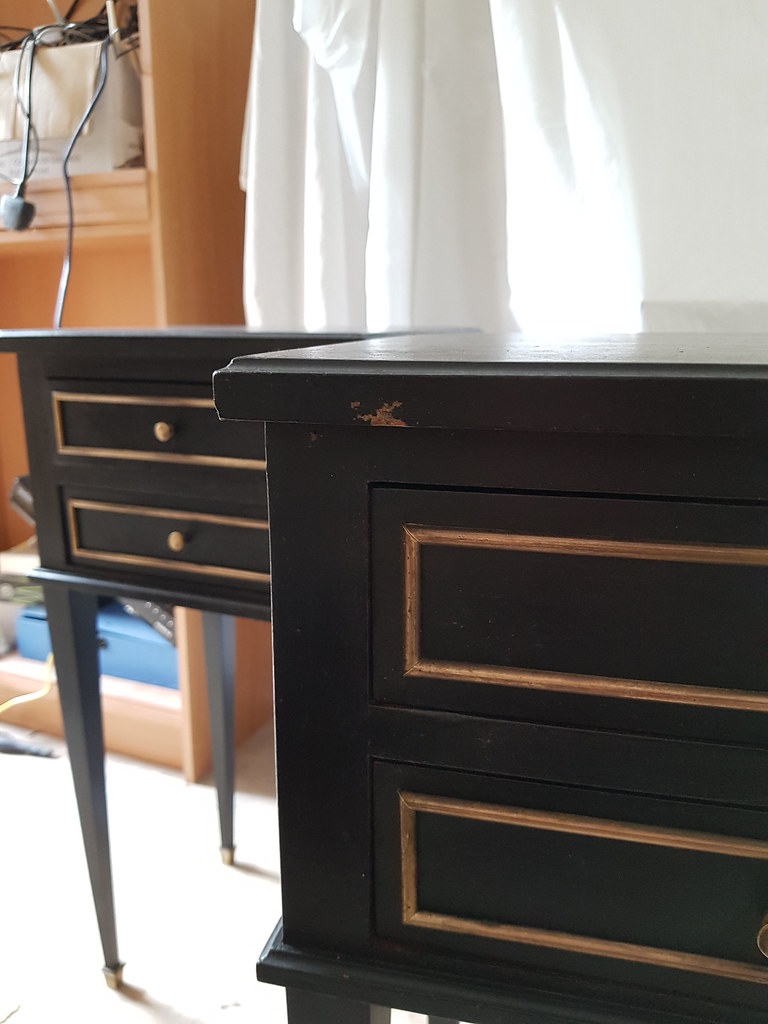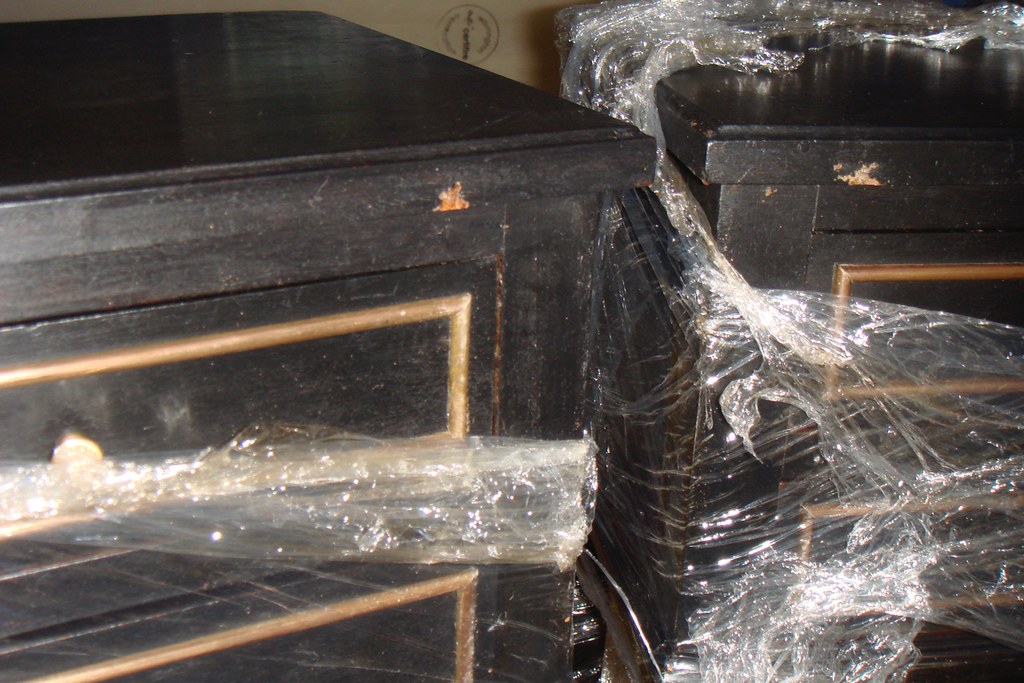RogerS
Established Member
LOML bought this pair of antique tables online - advertised as ebonised. Unfortunately the muppets packed them by inverting them to protect the legs (plus point) but didn't provide any padding to stop the tables being jammed together in transit (mega-minus). Result - you can see where one of the legs on each scraped away at the finish.
So best way to touch up this area. Question - Is it really ebonised? I have no experience but always thought that ebonising went quite deep and the bare wood looks unscathed to my inexpert eye. If so the I don't need to 'learn' about ebonising for those small areas. Any suggestions ? Black shoe polish springs to mind!
The dealer suggested he'd send some enamel paint !


So best way to touch up this area. Question - Is it really ebonised? I have no experience but always thought that ebonising went quite deep and the bare wood looks unscathed to my inexpert eye. If so the I don't need to 'learn' about ebonising for those small areas. Any suggestions ? Black shoe polish springs to mind!
The dealer suggested he'd send some enamel paint !




